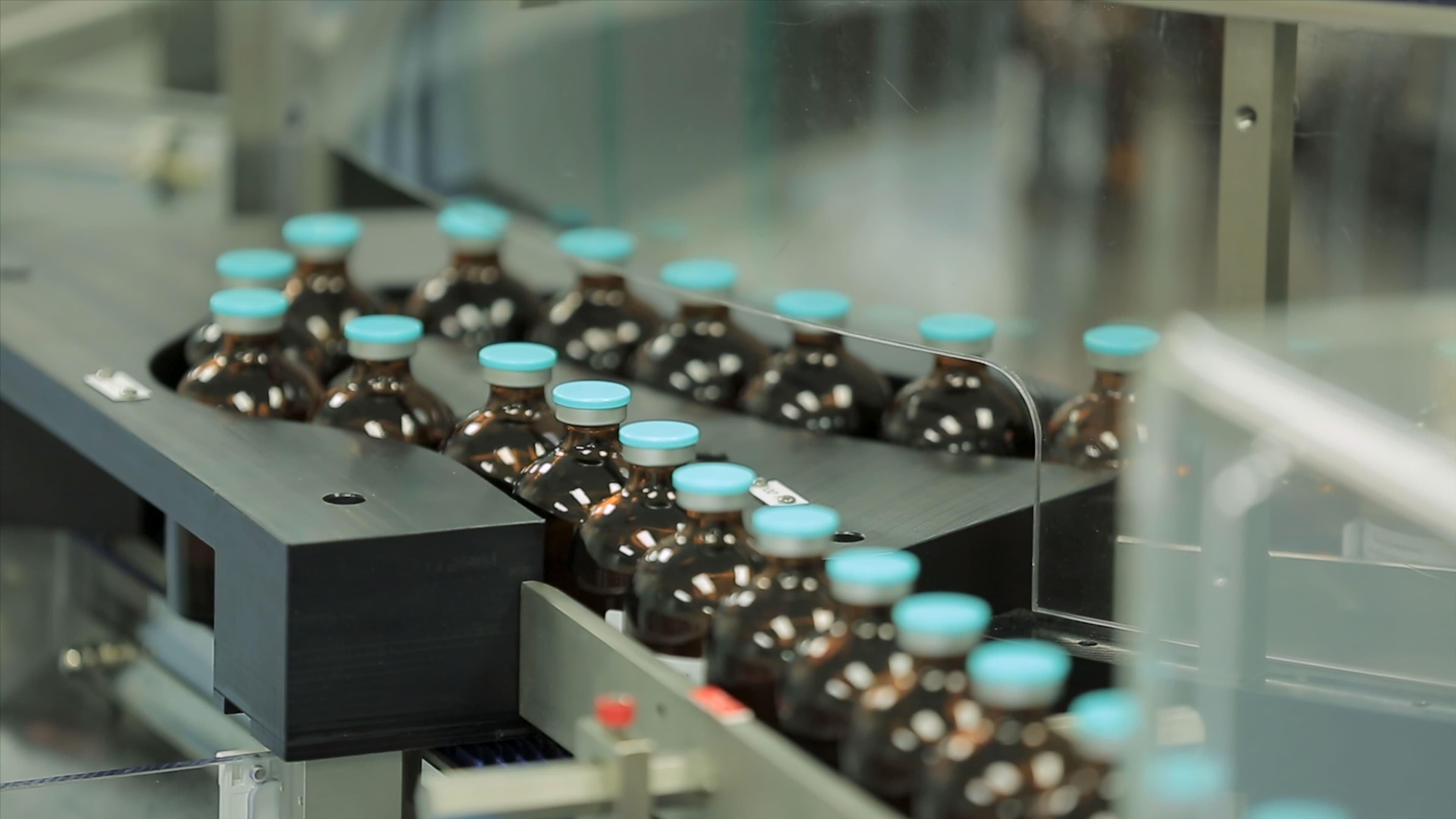
Granules India Ltd. (GIL), headquartered in Hyderabad, the pharmaceutical capital of India, has been specializing in manufacturing Active Pharmaceutical Ingredients (API) since 1984. The company has been marketing its products in the United States since 1987. GIL has achieved sales of approximately INR 450 Crores with a strategic goal of offering a complete vertically integrated solution. The commitment to providing quality products has propelled GIL to become one of the largest manufacturers...

Enhanced utilization of manpower planning became achievable through improved processes. Previously, 2 man-hours per day were dedicated to manual electrical data logging, a practice now entirely eradicated with the implementation of automatic real-time data logging. The generation of accurate MIS reports is now a seamless process, eliminating the need for the 2 manager days previously spent on their preparation. In the past, despite the time investment, these reports were still prone to inaccuracies. The current system ensures not only efficiency but also precision in the reporting process.

Leveraging cutting-edge technology such as Multifunction meters and Energy Management Solutions, we closely monitored the power factor at every section of the manufacturing area. Detecting instances of low power factor at certain locations, ELNet played a crucial role in identifying the root cause. Relocating capacitor banks effectively eliminated the low power factor issue. Our proactive approach to maximum demand remained within the contracted demand limit. This spared them from penalties for exceeding demand limits and garnered incentives from the Electricity Board. The integration of advanced technology resolved issues and optimized our energy consumption...

In just a few minutes, we generate accurate MIS reports. The power factor is now closely monitored in each section of the manufacturing area, revealing instances of low power factor at certain locations. ELNet played a crucial role in identifying the root cause, and the issue was resolved by relocating capacitor banks, effectively eliminating the low power factor problem. Additionally, we can now maintain the maximum demand within the contracted demand limit. This proactive measure not only prevents penalties for exceeding demand limits but also enables us to receive incentives from the Electricity Board.
